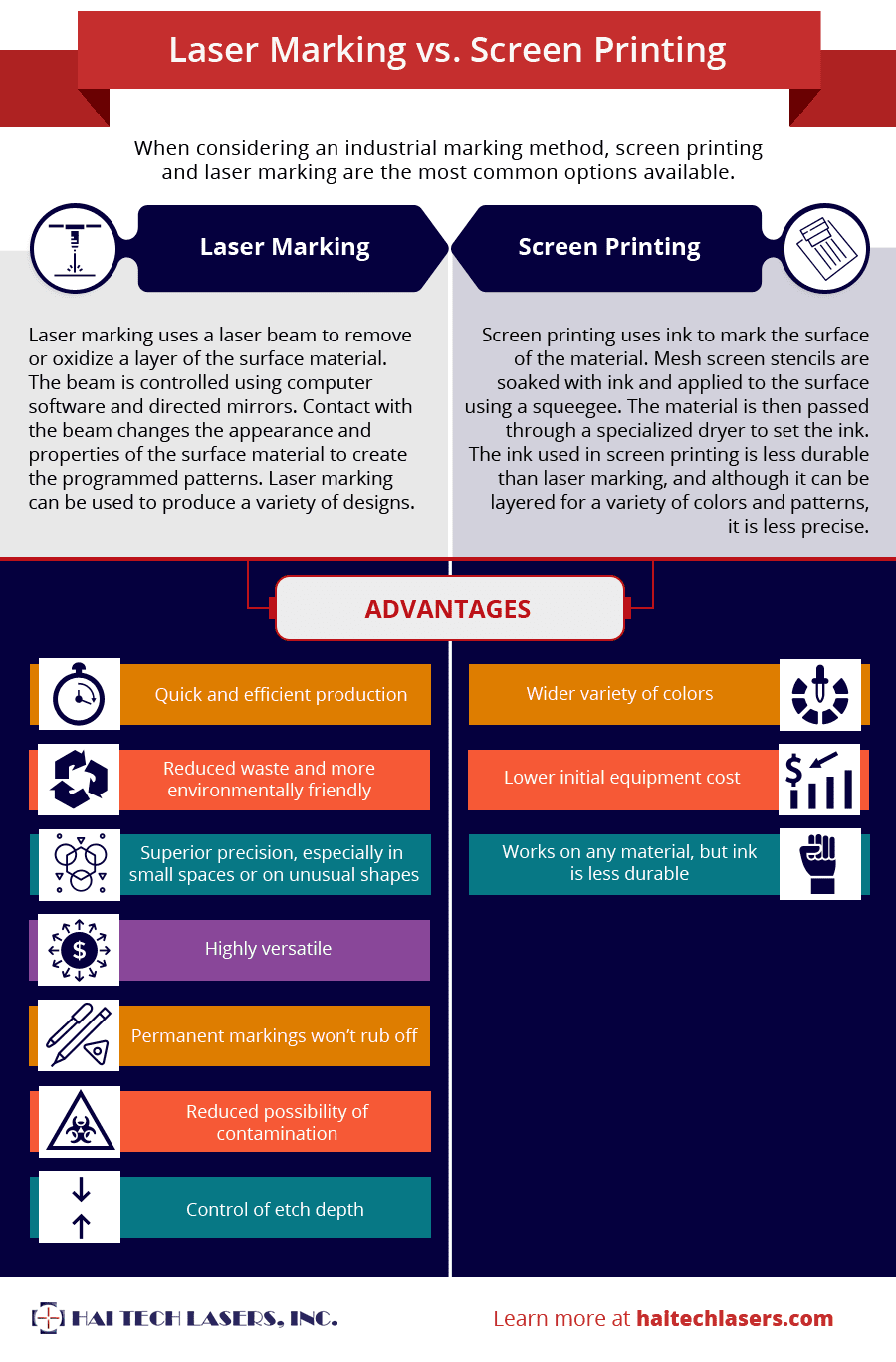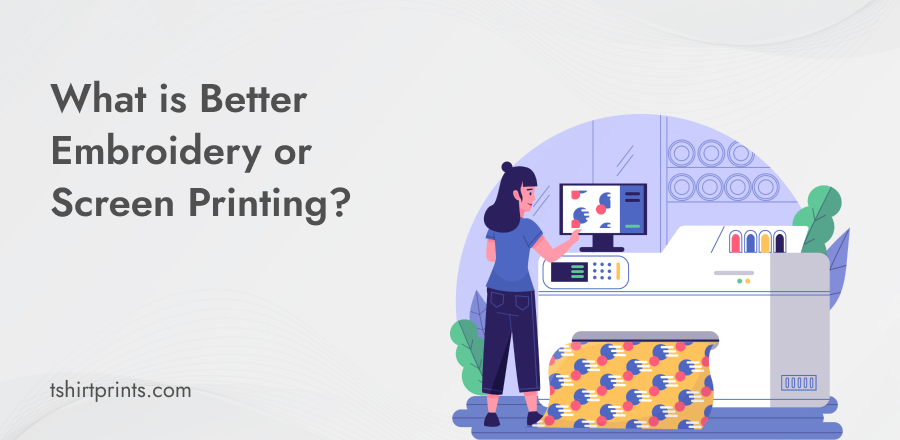The Greatest Guide To Tx Tees
The Greatest Guide To Tx Tees
Blog Article
What Does Tx Tees Do?
Table of ContentsThe 6-Second Trick For Tx TeesAll About Tx TeesTx Tees Fundamentals ExplainedUnknown Facts About Tx TeesTx Tees Fundamentals ExplainedHow Tx Tees can Save You Time, Stress, and Money.The Greatest Guide To Tx Tees
Add up various other costs, like the number of energies it takes to run the shop and the price of ink and emulsion per design. Take the print listed below.The emulsion should only be a few cents because you 'd only need to coat one screen for this job. Generally, printers try to make up to 45% revenue on a print task.

With DTF, you can print a handful of shirts, or simply one. Utilize the exact same calculator as the section over to determine exactly how much profit you would certainly make utilizing DTF transfers. Compare the costs and earnings to whichever approach talks finest to your setup and procedure. Both display printing and DTF have their specific niches in the world.
The Of Tx Tees
The most effective way to understand? Ask about and see what printing shop like your own are doing. embroidery shop. Attempt both out and see which you like better
When you're selecting what kind of printing technique to make use of for publishing your art work layouts on your garments, it is essential that you understand the differences between these two methods so you can maximize results while lessening expenses. Display printing is the most commonly used technique for printing designs on textiles.
DTG printing is also known as place or straight to garment printing due to the fact that it publishes just what is needed as opposed to making a display as display printers do. https://tuongs-ziancy-praurst.yolasite.com/. Screen printing functions by screen filler squeegee display printing ink screen mesh display, after that transferring the photo to garment utilizing warmth and/or pressure
The DTG printer makes use of unique dye-sublimation inks that are applied into a pre-designed picture by a digital printing system. The inks enter into the textile, allowing for vivid colors and exceptional detail. It's additionally called place or direct to garment printing since it prints just what is needed rather than making a display as screen printers do.
3 Easy Facts About Tx Tees Described
It's much quicker - you can publish a fullcolor photo in mins, as opposed to hours for display printing. Second, there's no set up time or costs involved - you can print any type of style you like, without having to produce a screen first. Third, there's no waste - since screen printers screen print one design at a time, they have to evaluate each shade independently.
The paper is really pricey and can just be utilized when. Once it's printed on, it needs to be disposed of. - The preliminary purchase price is less than the ahead of time financial investment of DTG printers- You can publish multi-color styles one screen at a time rather of needing to publish each color separately like DTG printing.

10 Easy Facts About Tx Tees Described
Rather of utilizing display mesh as screen printers do, color sublimation printers use laser technology to transfer your photos onto garments or paper. A heat process moves the color from its solid-state directly right into the gas stage which subsequently merges it onto textile substrates when they are swiftly heated to high temperature levels under high stress.
Sublimation printing is environmentally friendly. It makes use of much less water than screenprinting, and because it doesn't involve the use of unsafe solvents, it's safe for all sorts of apparel. The dye sublimation inks are additionally odor-free when treated, unlike display printers that use damaging chemicals during the screen printing procedure that leave an unpleasant odor.
They also conserve cash on pricey tools like direct exposure devices given that color sublimation printers do not call for a UV direct exposure system or a flash remedy oven that is usually utilized in screen printing (custom cap printing). What is direct to garment printing (DTG Printing)? DTG printing is a digital screenprinting procedure that publishes straight onto material using specialized inkjet printers
Fascination About Tx Tees
DTG printing offers several benefits over traditional screenprinting, consisting of the ability to publish photographic quality photos, higher shade vibrancy, and the capability to print designs on darker materials. DTG printers work by heating the fabric ink till it turns into a gas. The gas then penetrates the fabric, bonding with the fibers to develop a permanent print.

Display printers merely prepare their display after that start printing until they run out of item or ink.- There is a large range of experienced display printers throughout the globe, which can be handy for beginners. - It's a slower process - display printers often need to await the ink to dry before they can publish the following color- Display printers call for manual work, so there's a higher learning contour and it takes longer to create a top notch style- Screen printing isn't as exact as DTG printing, so you may get some "blood loss" of colors from one component of the picture onto another otherwise done appropriately.
The Single Strategy To Use For Tx Tees
Rather of using screen mesh as display printers do, dye sublimation printers utilize laser modern technology to transfer your pictures onto garments or paper. A warmth process transfers the color from its solid-state directly into the gas stage which in turn merges it onto textile substrates when they are quickly warmed to high temperatures under high pressure.
Sublimation printing is eco-friendly. It utilizes much less water than screenprinting, and since it doesn't entail using unsafe solvents, it's safe for all sorts of clothing. The color sublimation inks are also odor-free when healed, unlike display printers that use damaging chemicals throughout the display printing procedure that leave an unpleasant odor.
They likewise conserve money on expensive devices like direct exposure devices since dye sublimation printers don't need a UV direct exposure system or a flash treatment stove that is typically used in screen printing. What is direct to garment printing (DTG Printing)? DTG printing is a digital screenprinting process that prints directly onto fabric utilizing specialized inkjet printers.
Tx Tees Fundamentals Explained
DTG printing uses numerous benefits over traditional screenprinting, consisting of the capacity to publish photographic high quality images, greater shade vibrancy, and the capability to print designs on darker textiles. DTG printers function by heating up the textile ink until it becomes a gas. The gas after that permeates the fabric, bonding with the fibers to develop a long-term print.
Report this page